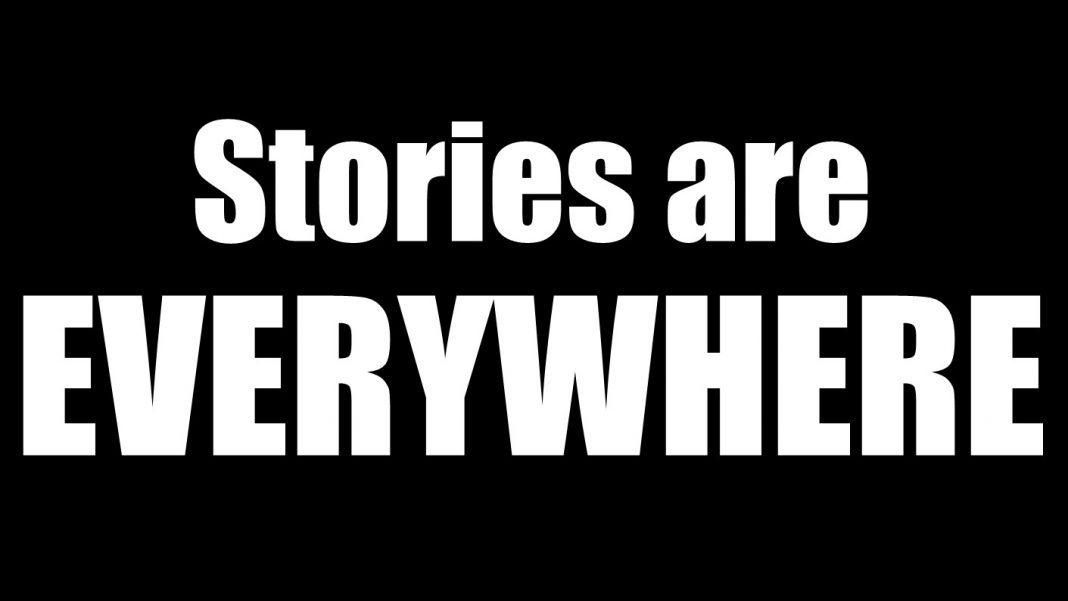This week we have gathered together our favorites and reverse engineered them.
Today, we will brainstorm what makes them great.
Before we get started, let’s review why stories matter:
#1.

Percentage of what people remember using statistics vs. using a story:

#2.
In a recent study, people who were given $5 and then asked if they wanted to donate to a world hunger cause. Those who heard statistics donated $1.17 on average. Those who heard a specific story donated $2.83.
#3.


What are the key parts of a story?
These parts resonate with the basic human condition:
Our Inspirations and what they Teach Us:
The Gap / Dramatic Tension / Conflict
A Mystery / Surprise / Something Unique and Interesting
High Stakes:
Relatable Heroes & Character Development
Strong Theme:
Revealing Our Actual Reality:
Immersion in a Place – Physically and Emotionally
Plot: Tension in Action
Timing and Rhythm
Pacing & Rhythm
Composition
Color
Up Next: The Boring Room Challenge
Practice these Elements of Great Storytelling
The Rules:
- Work alone (except for actors)
- Final results are not as important as what you learn from the process
- Therefore, you must engage in a process that allows you to practice the key elements outlined today.
- Compose a story that allows you to practice as many of our ideas as possible
- Shoot your film, practicing as many of our ideas possible
- Edit your film, practicing as many of our ideas as possible
- Post to YouTube (unlisted if you like) submit your URL to the Canvas discussion board along with a bullet-point list of what you learned.
- Due Monday by midnight.






